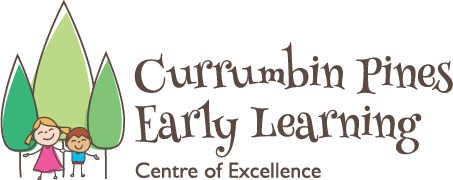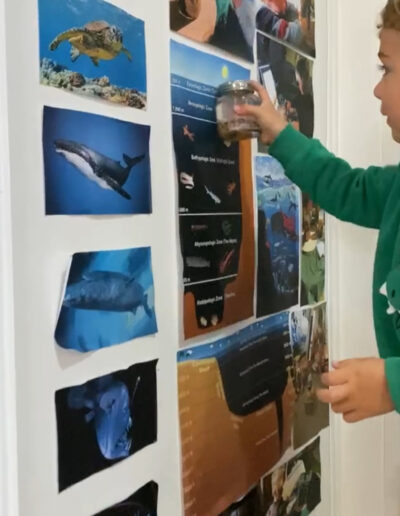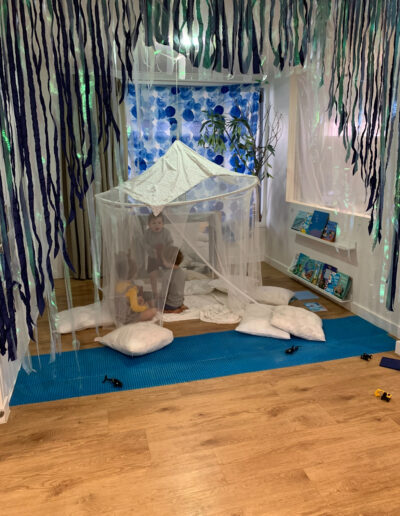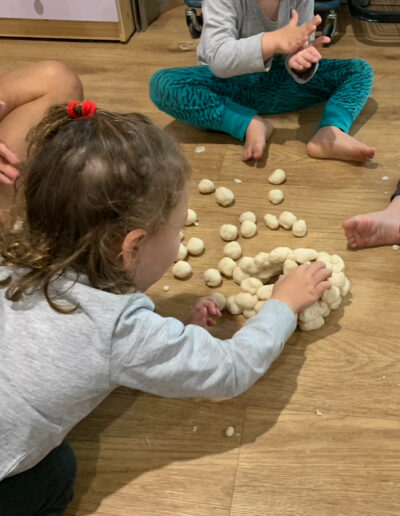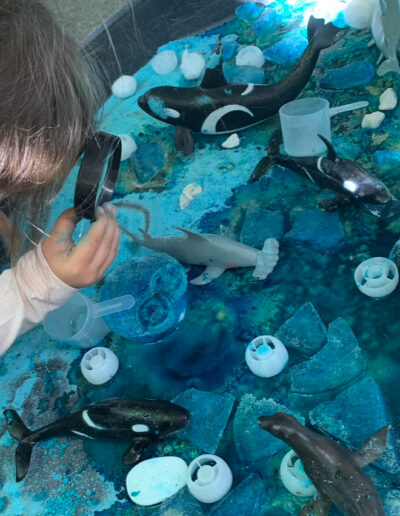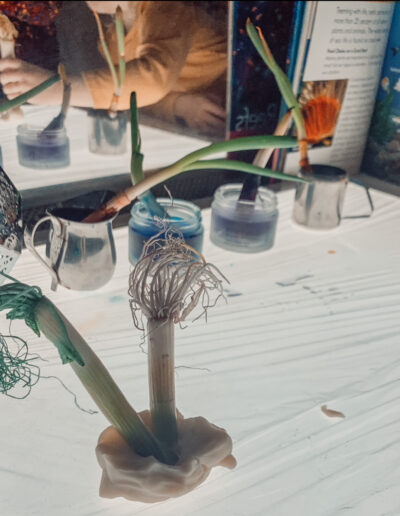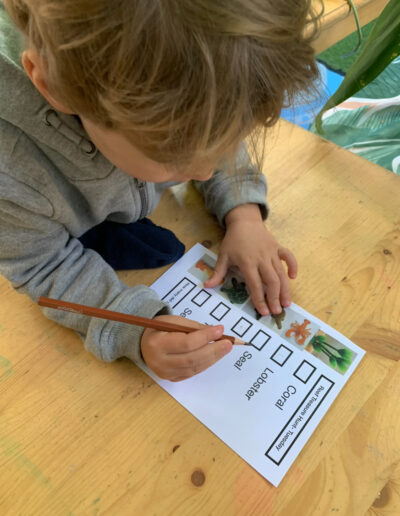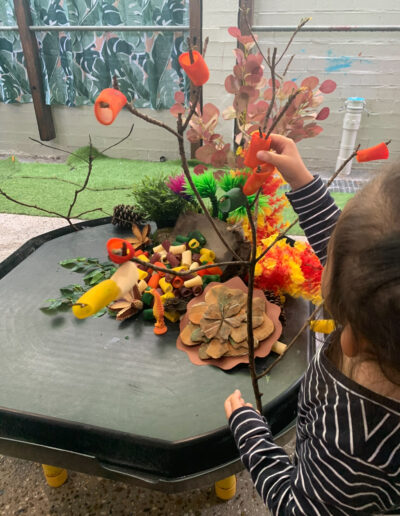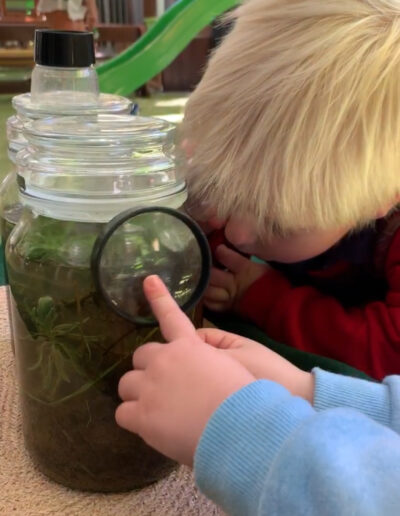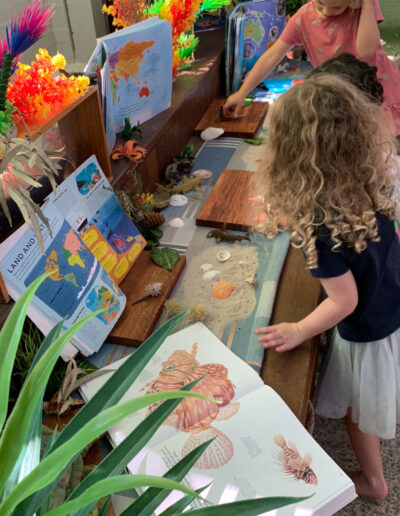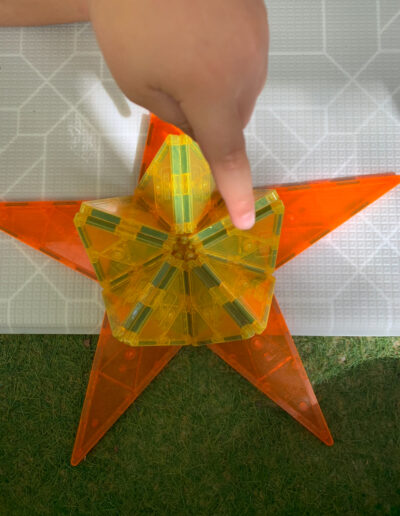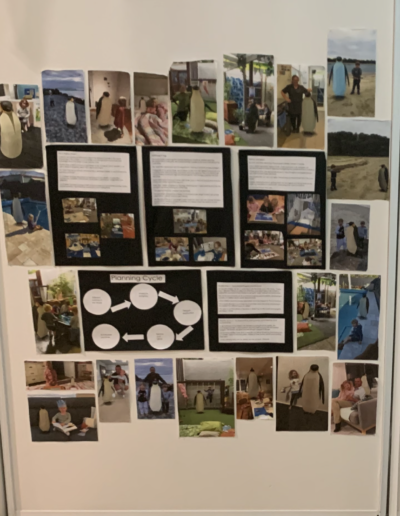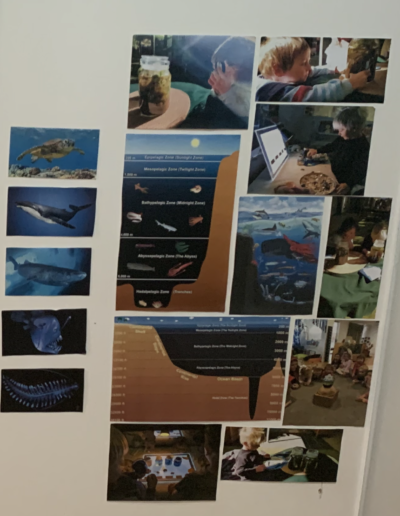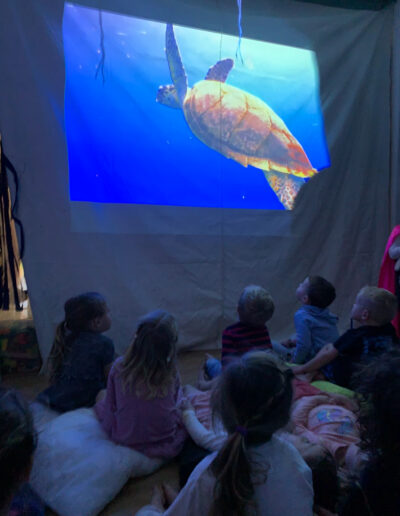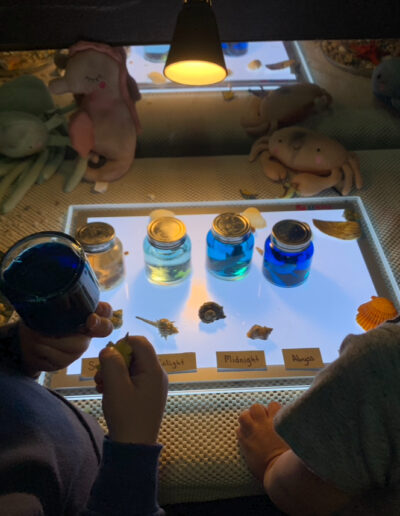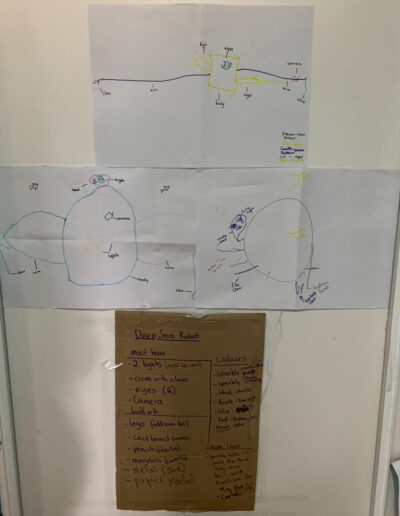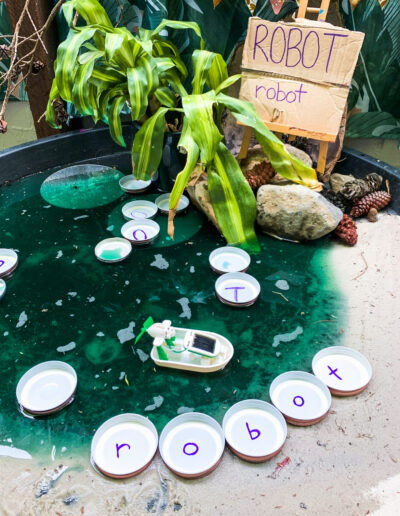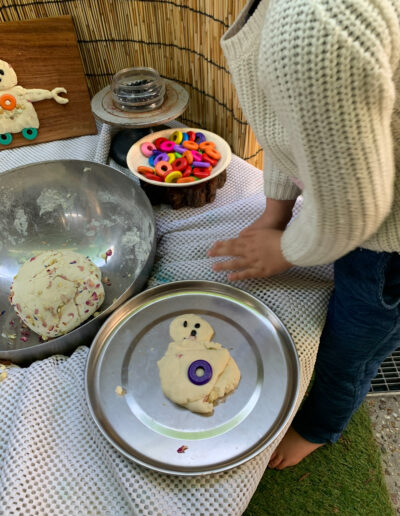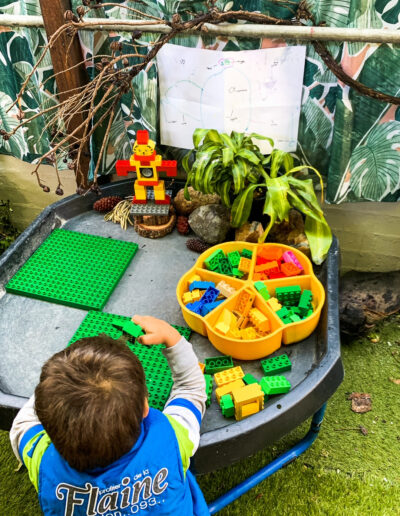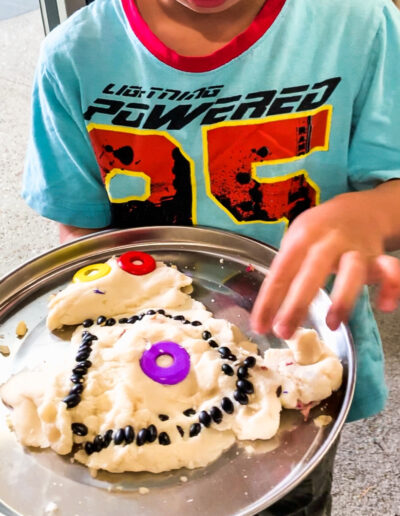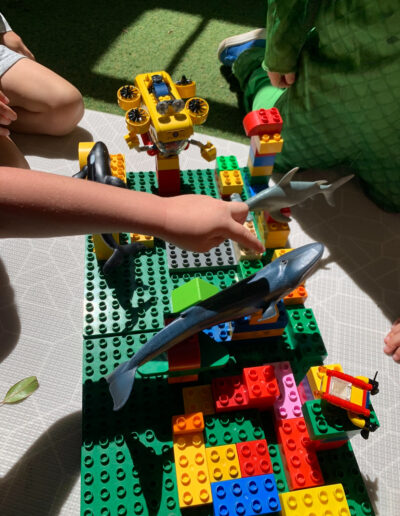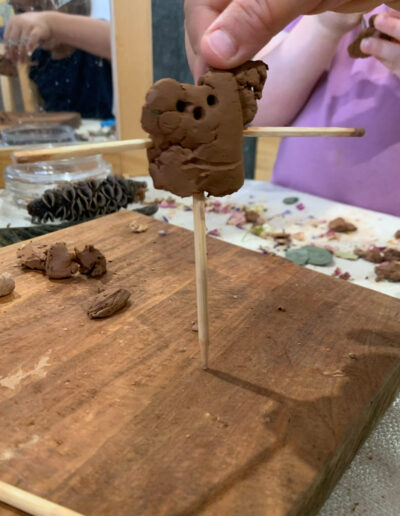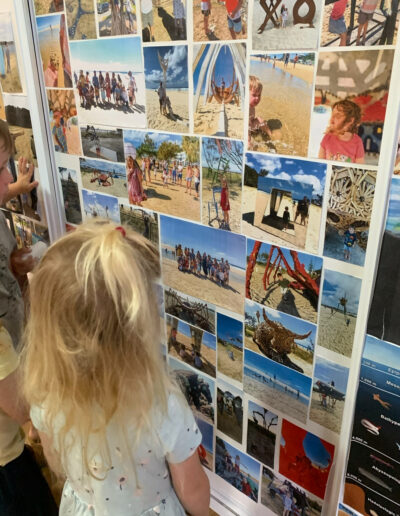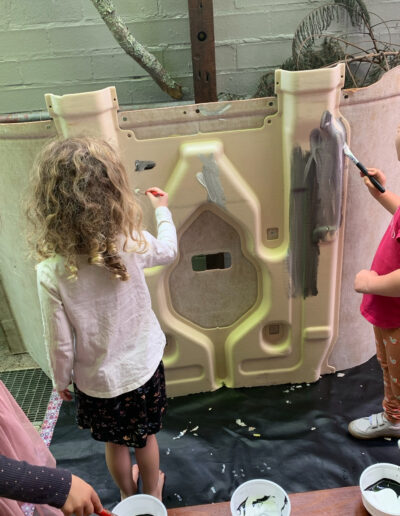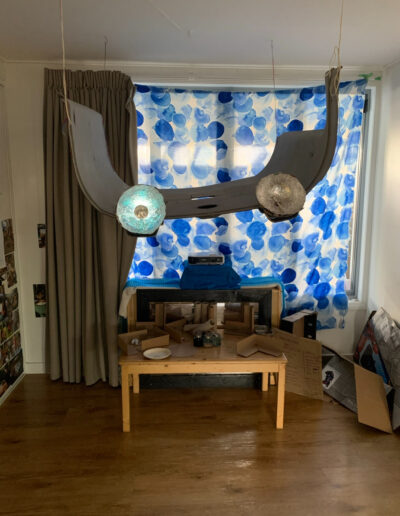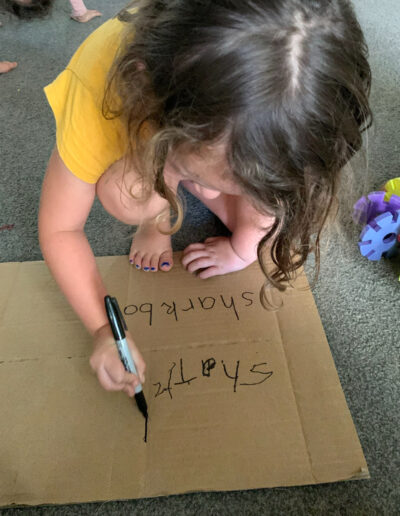The Power of Sustained Shared Thinking in Building Self Esteem as a Learner
Written By Sienna Craig
Research suggests that young children begin making generalisations about themselves as learners before reaching primary school. “The child’s attitudes, motivation, and initiative in learning situations derive in part from the child’s early interactions with others, especially from parents, educators and family. These reactions and interactions become internalised and serve as the basis for the child’s on sense of value as a learner, and their attitude and openness to learning” (1)
So how can we contribute to a child’s positive sense of self as a learner in both home and education environments? One effective method is by utilising Shared Sustained Thinking to engage and encourage children’s unique thoughts and learning processes.
What is Shared Sustained Thinking?
Sustained Shared Thinking (SST) is a term that might sound a bit complex, but it’s actually a simple and powerful way to boost children’s learning and development in early childhood and beyond. Essentially, it involves adults and children working together in a thoughtful and meaningful way to explore ideas, solve problems, and build understanding. This collaborative approach not only enhances cognitive skills but also strengthens social and emotional connections. By celebrating contribution to the process of learning, divergent thinking, creativity, problem solving through trial and error and collaboration with peers and adults, SST promotes a positive and inclusive framework for learning.
Let’s break it down
Sustained
Definition: “continuing for an extended period”
Although it’s the first word, it’s often the most overlooked when being implemented in a classroom or home setting. In order for the thinking to evolve it requires time, an opportunity to assess, revisit and revise. SST may start with an idea, an open ended question or a hypothesis, but it continues when those ideas and questions are given the time, space and resources to be properly explored, this could take days, weeks or even months.
Shared
Definition: “distributed between members of the group”
SST is a collaborative concept, it requires two or more people to contribute their thoughts and ideas as a way of scaffolding and pushing the thought process deeper than one could achieve alone. This may be an adult that provides prompts through open ended questions and small suggestions that prompt a child to think one stage further then they could alone, or two or more children who are adding different ideas to a group project or play scenario.
Thinking
Definition: “the process of considering or reasoning about something”
In the case of SST, the thinking happens out loud, adults can role model this by posing some thoughtful questions like “I wonder if… ” or “What would happen…”. The goal here is not to quickly answer the questions and move on, but to encourage problem solving, critical thinking, collaboration and engagement. By prompting deep thought and curiosity, that can lead to research and discovery.
SST and Self Esteme
Self esteem is shaped by many factors, beginning early in life children start forming a sense of self based on how they see themselves, how others see them and how they compare themselves to others. Teaching and parenting techniques that focus on the outcomes, on doing things the “correct way” on knowing the “right” answers may bring children to reflect on their self as a learner based on these measures of success.
A child who is good at memorising facts, copying, and recreating artworks or ideas, may find this method affirming. While their peer who learns through hands on experimenting and discovery may feel they are falling behind.
By using SST, parents and educators can boost children’s self esteem no matter how they learn best. By learning alongside children, creating a journey to a wide range of potential outcomes and looking for answers in a variety of ways and celebrating contribution children learn their knowledge and experiences can be meaningful.
So, with that in mind, let’s look at a real life example.
How Deep is the Ocean?
Pre Kindy 2020 ProjectShared sustained thinking starts with a question or idea, in this case “How deep is the ocean?” asked of one of our Turtles children back in 2020 that started a year long inquiry into oceans. From trenches, Antarctica, coral seas and even rubbish islands, by utilising sustained shared thinking we were able to dive deep into collaborative learning.
This project actually started in Antarctica, as the children were particularly interested in penguins at the time. During this stage the thoughts were around “How cold is Antarctica?” “Do people live there? “What other animals are there?”. The children built igloos, explored sensory ice trays, and read a range of books containing information to help form answers to these questions. As they moved to other ocean areas like coral reefs and the deep sea, the visual learning grew, creating a map of thoughts, ideas and shared knowledge that helped inform emergent questions.
By the time we had watched a video of a submersible reaching the deepest point in the ocean the children were so good at showing their idea process that they immediately set to work building their own robots. Using mediums they were comfortable with such as clay, playdough, paint, drawing, lego and mixed media sculptures the class spent over a month working on robots of their own before contributing to a group sculpture of a deep sea robot named “Sharkbot”.
At this point these children where 3-4 years old, their attention spans are generally quite short and their interests are vast and unique. So how do we sustain a long project?
The key for SST to work is to make the learning visible. By giving thought a visual home children can revisit their ideas, over long periods of time while continuing to follow their individual interests along the way.
What did we learn?
and how you can implement it too!
Through sustained shared thinking, children learn to articulate their thoughts, listen to others, and engage in meaningful discussions. This method encourages curiosity, fosters a love for learning, helps develop essential skills that will benefit children throughout their lives and assists in building a positive sense of self, leading to improved self esteem.
As adults, it can be easy to become the holders of knowledge, or work to quickly answer a question. A quick google will tell you that the deepest point in the ocean is 11,000m, and just like that, the inquiry is over, but what has the child learned?
Instead, we aim to co-construct knowledge with children as investigators. How many different ways can we find the answers to a question? Do we know any experts in the field? Can we conduct experiments to gain a better understanding? Can we create a model to better understand?
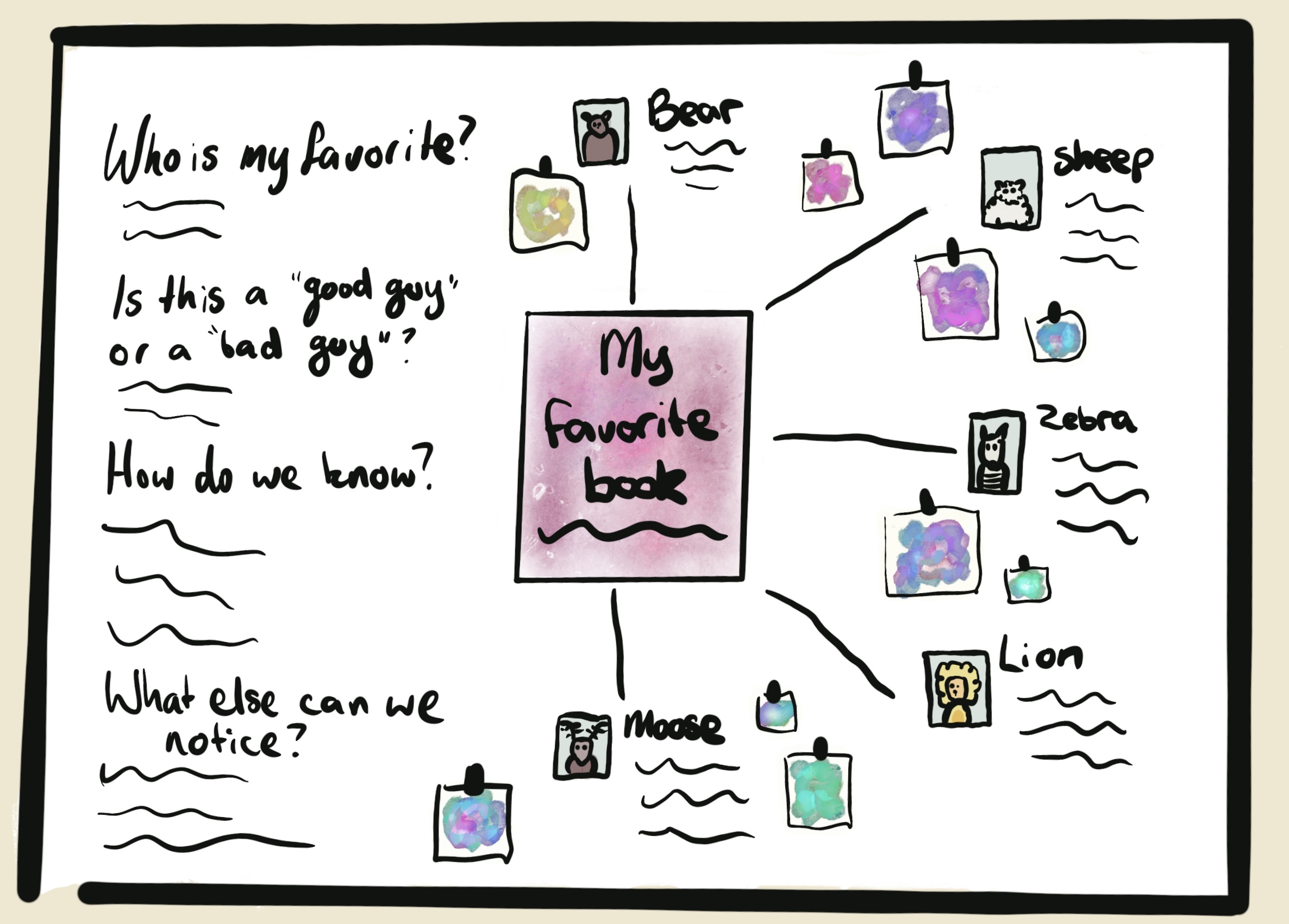
At home this could be a whiteboard for ideas and questions, an investigation wall or a photo collage. Whatever your child’s interests and hobbies, be it a favourite book at story time, their daily walk in the park, their weekend visit to the beach, or even their favourite tv show. By engaging their curiosity you can help build their identity of themselves as a learner.
For example, you may ask your child what they’ve seen on your daily dog walk through the park. Write down their answers then when you go on your next walk, act as investigators, taking photos of some of the key landmarks or animals along the way.
Adding these photos to a whiteboard and asking open ended questions like “Where do you think those animals go at night?” or “How do you think that big hole got there?”.
From there your child may want to create a map of the park, so you can add the photos to the spots they’ve been seen, on the next walk they may notice some differences, which could bring up more questions to investigate.
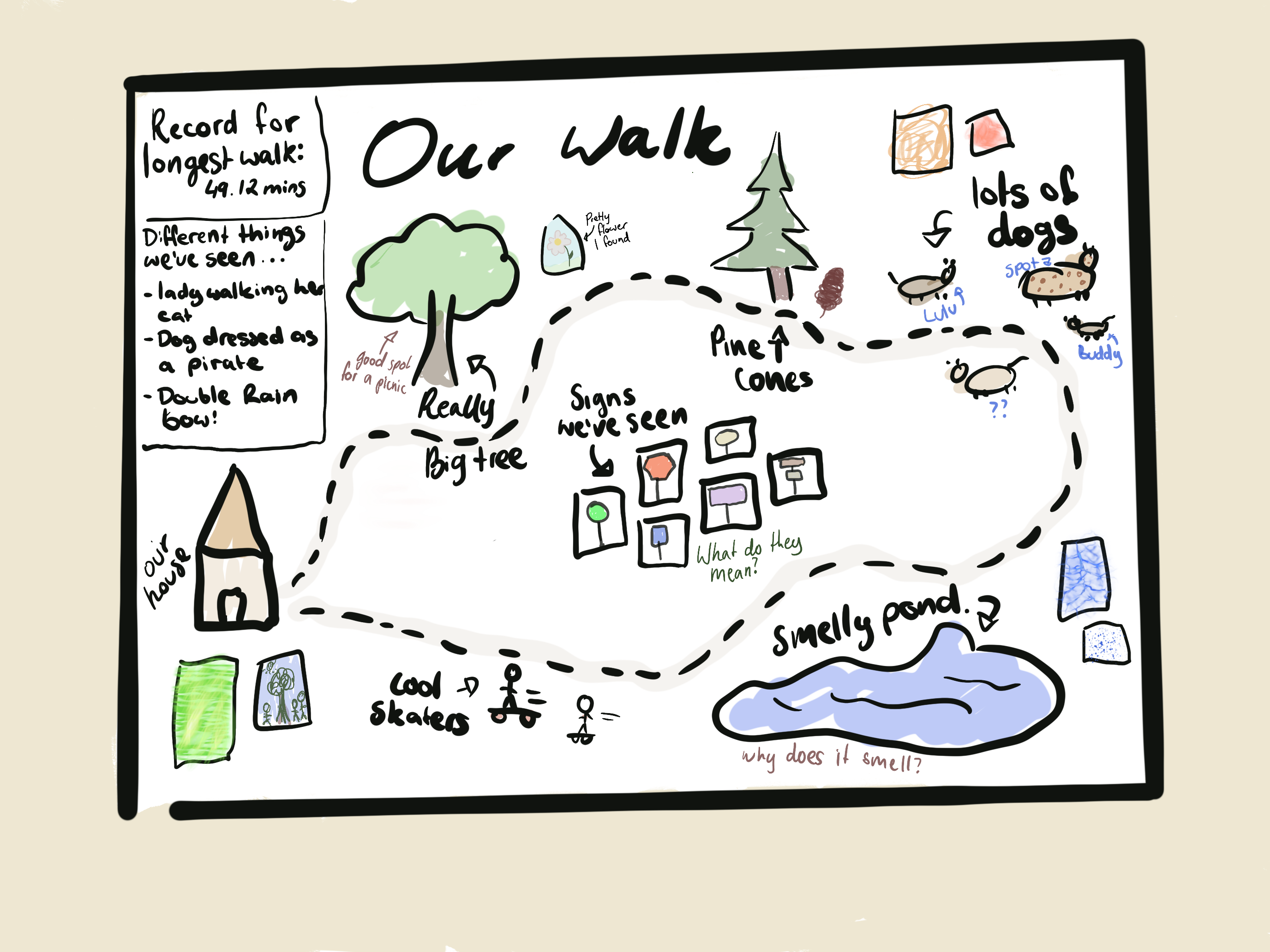
These types of projects can last a long time, and even when they don’t seem interested, the visual learning board will often pull children back days/weeks or even months later with a new discovery.
The Take Away
- Shared sustained thinking is an effective way to boost children’s self confidence as learners, who contribute their unique talents, knowledge and experiences to the process of group learning.
- Making the learning visible on a whiteboard, wall, clipboard, etc helps children and adults revisit their thoughts to extend on them later.
- In SST adults help children co-construct knowledge rather then giving or testing for answers
- SST can be applied to everyday experiences like story time, a tv show, a walk through the park or to the beach. It can also stem from questions like “how far away is the moon?” Or “why can some birds swim?”
We asked a parent who uses this method at home, his top tips for implementing SST as a parent are:
“Next time your child asks a question consider these:
- How can we co-construct knowledge?
- Don’t google, think about what is around you to help in the enquiry, could you call a friend or relative with your child who could have knowledge to share?
- Give the question your attention, write it down even if it means pulling over to find an old piece of paper to scribble on,
- Remember, asking good questions is more valuable then the answer”
By practicing SST with your child, you can help form a life long love of learning, that focuses on finding answers rather than knowing answers. So no matter your child’s learning abilities or styles, they are able to form a positive sense of self as a learner.
References:
